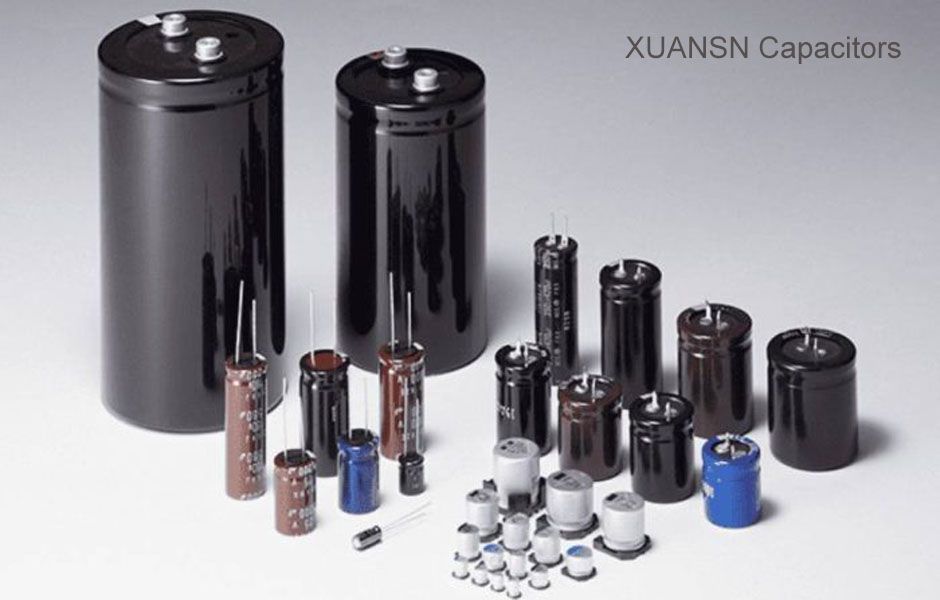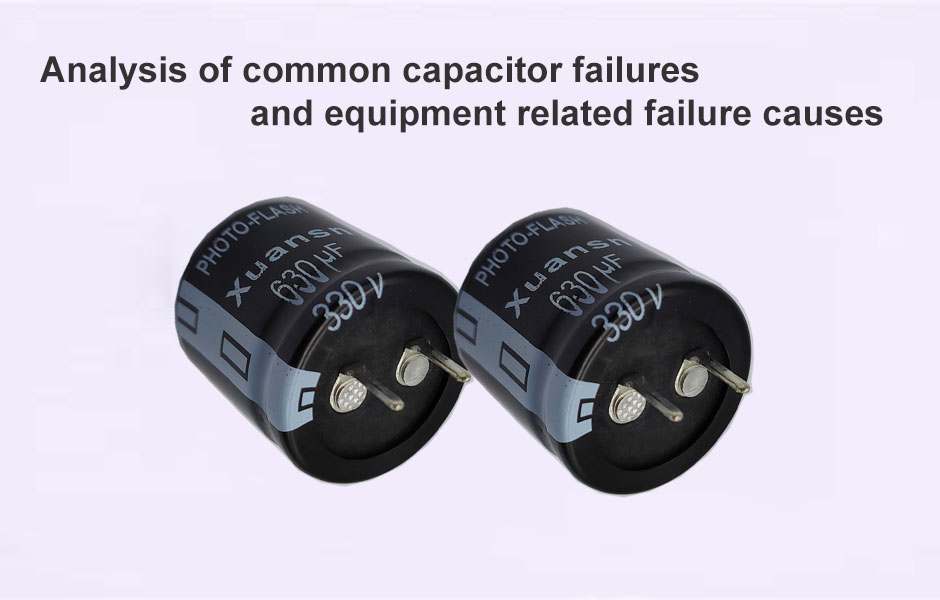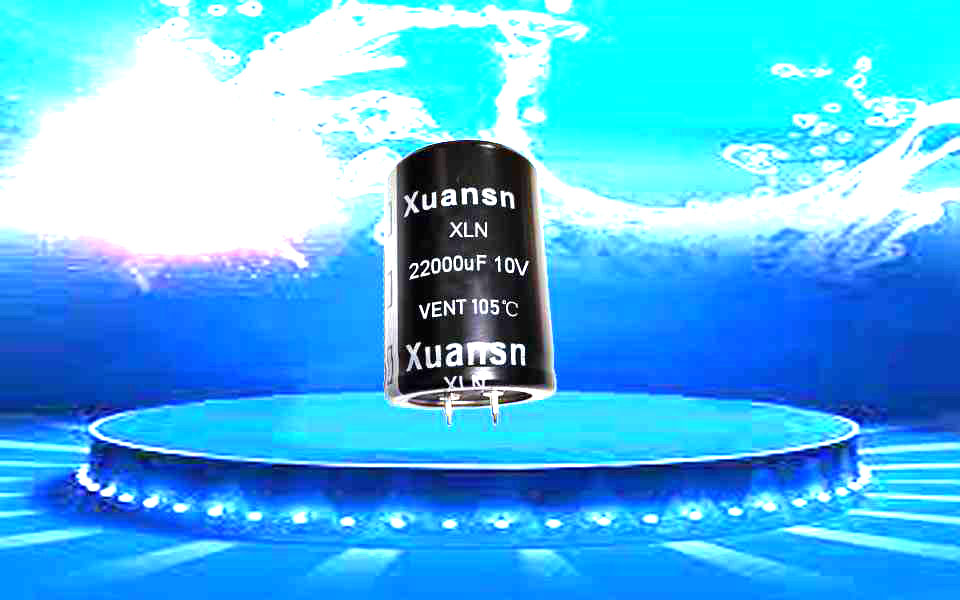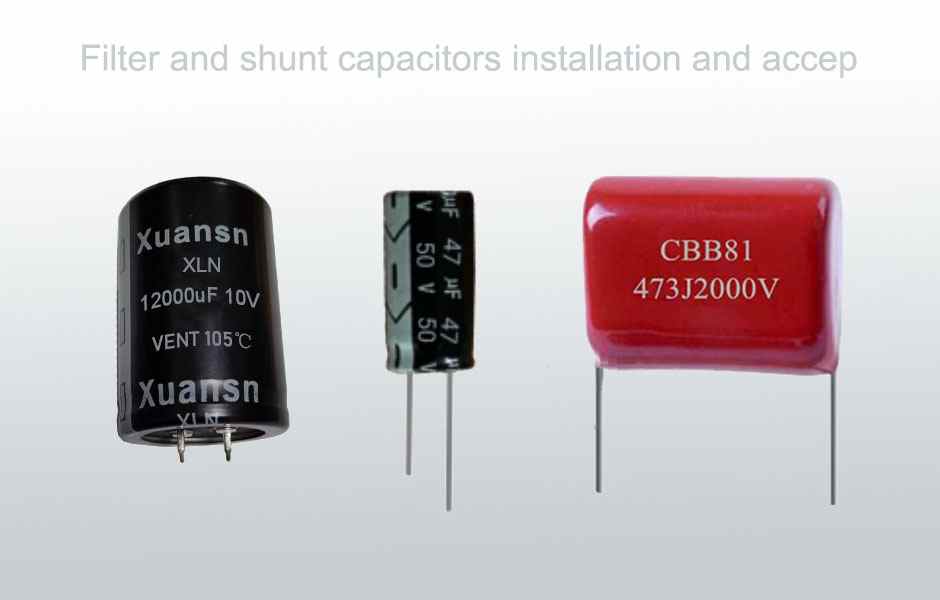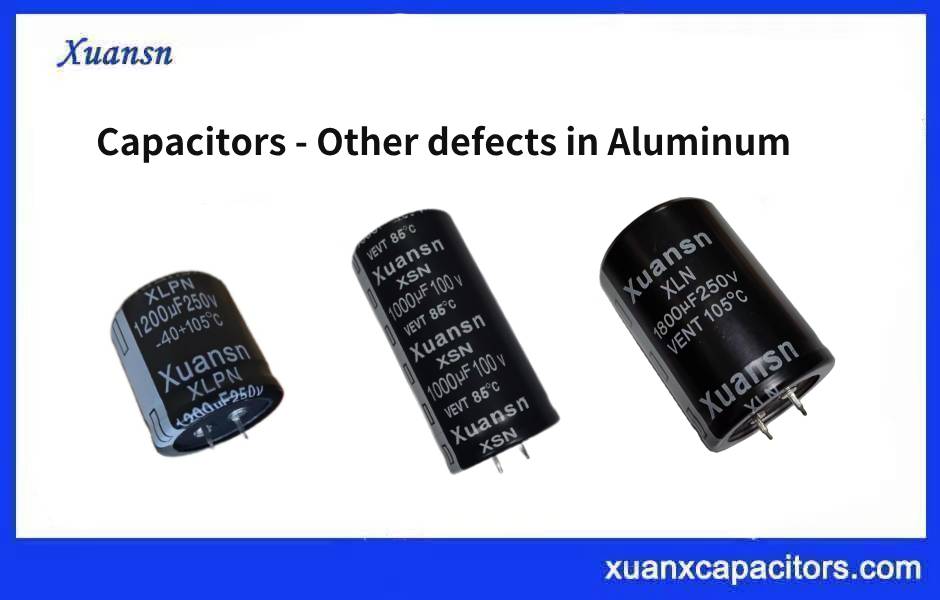There are many types of capacitors, but what are our common capacitors? Let me announce for everyone.
Aluminum electrolytic capacitors
The first common capacitor. It is made of water-absorbent paper impregnated with paste electrolyte, sandwiched between two aluminum foils, and a thin oxide film is used as a dielectric capacitor. Because the oxide film has a unidirectional conductive property, the electrolytic capacitor has polarity.
Advantages: capacity is about 0.47μF-10000μF, rated voltage 6.3-450V, can withstand large pulsating current.
Disadvantages: large capacity error, large leakage current; ordinary is not suitable for high frequency and low temperature applications, should not be used at frequencies above 25kHz.
Applications: low frequency bypass, signal coupling, power supply filtering.
Tantalum electrolytic capacitor
The second common capacitor. A sintered tantalum block is used as the positive electrode, and solid manganese dioxide is used as the electrolyte.
Advantages: The temperature characteristics, frequency characteristics and reliability are better than ordinary electrolytic capacitors, especially the leakage current is extremely small, the storage is good, the life is long, the capacity error is small, and the volume is small. The maximum capacitance voltage product per unit volume can be obtained.
Disadvantages: Poor tolerance to pulsating currents, and easy to short-circuit if damaged.
Application: In ultra-small high-reliability parts.
Film capacitor
The third common capacitor. The structure is similar to paper capacitors, but uses low-loss plastic materials such as polyester and polystyrene as the medium.
Advantages: good frequency characteristics and low dielectric loss.
Disadvantages: Can not be made into large capacity, poor heat resistance.
Applications: filters, integration, oscillation, timing circuits.
Paper capacitor
The fourth common capacitor. Generally, two aluminum foils are used as electrodes, and a capacitor paper with a thickness of 0.008 to 0.012 mm is wound and wound in the middle.
Advantages: the manufacturing process is simple, the price is cheap, and a large electric capacity can be obtained.
Disadvantages: generally in low-frequency circuits, usually can not be used at frequencies higher than 3 ~ 4MHz.
Application: Oil-immersed capacitors have higher withstand voltage than ordinary paper capacitors and good stability. They are suitable for high-voltage circuits.
ceramic capacitor
The fifth common capacitor. Capacitor ceramic (barium titanate-titania) with high dielectric constant is extruded into a round tube, disc or disc as a medium, and silver is plated on the ceramic as an electrode by infiltration method. It is divided into two kinds of high-frequency porcelain and low-frequency porcelain. Capacitors with small positive capacitance temperature coefficients are used in highly stable oscillating circuits as circuit capacitors and matting capacitors. Low-frequency ceramic dielectric capacitors are limited to the use of bypass or DC blocking in circuits with lower operating frequencies, or occasions that do not require high stability and loss (including high frequencies). Such capacitors are not suitable for use in pulse circuits because they are easily broken down by pulse voltage. High-frequency ceramic dielectric capacitors are suitable for high-frequency circuits.
These five common capacitors exist in our lives. In industry, only when you understand the characteristics of capacitors can you choose what you want.
